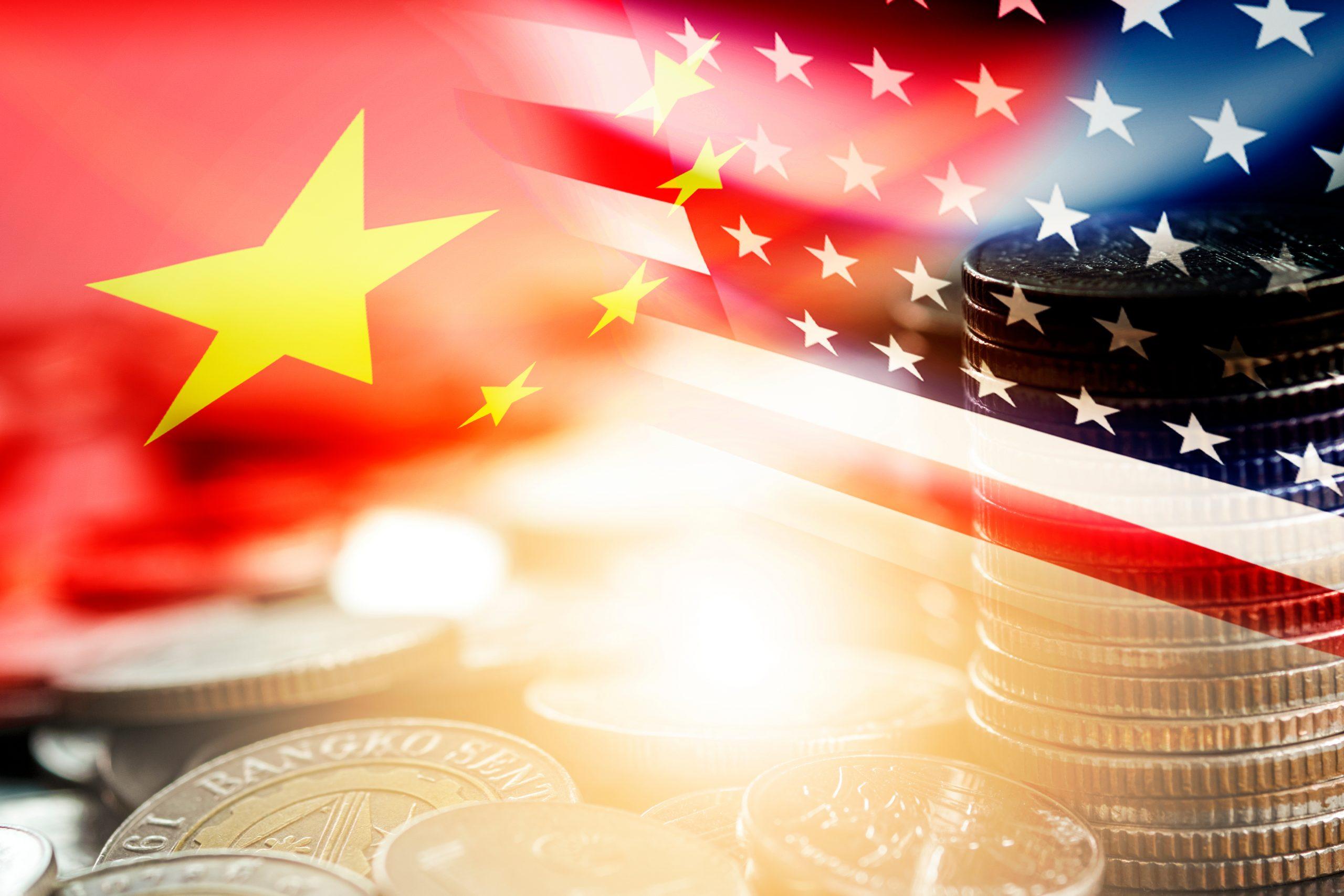Chinese markets stumble into 2025 as global volatility looms

Global economic uncertainty adds pressure as Chinese markets face a difficult start to 2025.
The Chinese public markets have started 2025 on shaky ground, with A-shares experiencing three consecutive days of losses in the year’s first trading week.
All 31 industries tracked by Shenwan Hongyuan Securities recorded declines, although sectors such as coal, banking, and petrochemicals displayed relative resilience. Conversely, technology-heavy industries like computing, defense, telecommunications, electronics, and media bore the brunt of the downturn. Dividend-focused and large-cap stocks, however, showed resistance, as evidenced by smaller losses in indices such as the SSE Dividend Index, SZSE Dividend Index, and the MSCI China A 50 Connect. In contrast, indices tracking smaller, innovative companies, including the CSI 2000 Index, saw steeper declines.
The Hong Kong markets mirrored this volatile start, with both the Hang Seng Index and Hang Seng Tech Index trending downward. Gains were sparse, with only the energy and materials sectors managing an uptick, while consumer staples, financials, and healthcare emerged as the weakest performers.
On the global stage, stock markets presented a mixed picture. Major indices in the US and Japan closed the week lower, while some European markets, excluding Germany and France, managed to post gains.
Commodities followed their own trajectories. Crude oil prices surged, while base metals showed mixed performance—aluminum prices rose, but steel, copper, and iron ore dropped. Precious metals mostly gained, as did agricultural products like sugar, corn, and soybeans. Meanwhile, the US Dollar Index showed overall strength through the week.
The first week of the year marked just four trading days for Chinese markets, offering little in the way of surprises or shifts. However, international markets were alive with intrigue, particularly following Donald Trump’s electoral victory in November. The US markets had surged in the months leading up to the new year, buoyed by optimism around Trump’s anticipated economic policies. From September to November, the Nasdaq and S&P 500 registered strong gains, only for the rally to taper off in December. The S&P 500 fell by 2.5% in December, with a 4.4% drawdown, while the Nasdaq eked out a modest gain before succumbing to more substantial adjustments.
The month’s asset movements revealed both the enthusiasm and caution surrounding Trump’s policy blueprint. Sectors positioned to benefit most from his trade and economic strategies—such as energy and industrials—were among the worst performers in December, signaling waning confidence. Inflationary pressures linked to protectionist measures and tighter Federal Reserve policies further amplified concerns around credit tightening and stagflation risks.
Trump’s policy framework, with its focus on economic growth through fiscal expansion, deregulation, and traditional energy, has had mixed repercussions across asset classes. For instance, gold prices oscillated between opposing forces: a strengthening dollar and rising demand for safe-haven assets. This duality was reflected in gold’s episodic surges in November and December, breaking its previous trend of weakness.
Bitcoin experienced significant volatility during the period. Initially buoyed by Trump’s crypto-friendly stance, its rally unraveled in December after the Federal Reserve clarified that it would not support the proposed Bitcoin Strategic Reserve (BSR). This announcement spurred a steep selloff, leading to a sharp correction across the broader cryptocurrency market.
As Trump prepares to take office, market sentiment will pivot to the implementation and intensity of his economic strategies. Changes in reflation risks, monetary policy expectations, and economic growth forecasts are set to shape the trajectory of US markets. A softer reflationary outlook could signal dovish monetary policy, favoring equities and riskier assets. Alternatively, aggressive policies might stir fears of stagflation, triggering a dual bear market for equities and bonds.
#ChineseMarkets #GlobalEconomy #StockMarketTrends #Commodities #EconomicUncertainty
- Art
- Causes
- Crafts
- Dance
- Drinks
- Film
- Fitness
- Food
- Игры
- Gardening
- Health
- Главная
- Literature
- Music
- Networking
- Другое
- Party
- Religion
- Shopping
- Sports
- Theater
- Wellness


